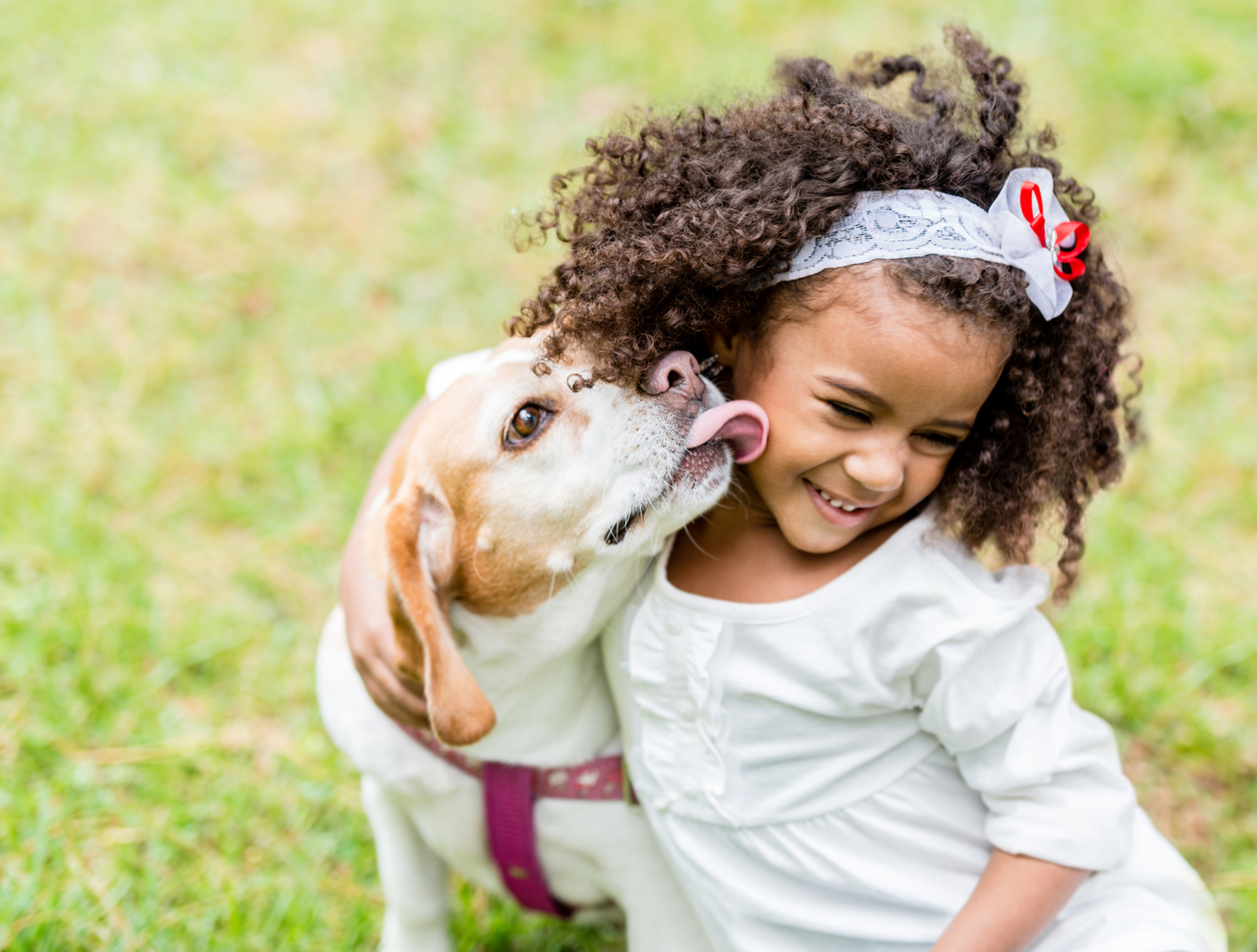
How Dogs Communicate With Humans
Dogs have evolved to become expert communicators, relying on a complex language of body cues, facial expressions, and vocalizations to share their emotions with humans. By learning how to interpret their vocalizations and behaviors humans are better equipped to interact effectively with their canine companions without unintentionally encouraging negative behaviors. Here is a list of some of the ways dogs communicate with humans:
1. Howling
Howling is a fundamental form of communication within the canine world. Dogs howl to alert other dogs to their presence, as an audible way of maintaining contact amongst dispersed pack members or responding to intense stimuli such as sound. Feral dogs may howl at specific times during the day and night that signify the beginning and end of patrolling territories or encourage members of the pack who are out of sight to reunite.
2. Excessive licking
Dogs use excessive licking to communicate a variety of emotions, including affection, submissiveness, excitement, and even stress. While the most common communication is an expression of love and submission through licking their owners or engaging in mutual grooming activities—dogs can also be assertive and demanding in their efforts to get something they want. Excessively licking themselves can indicate an underlying health issue in a dog, such as allergies, fleas or ticks.
3. Tilting their heads
Dogs are adept at communicating with humans through body language and physical cues, such as head tilting. Dogs tilt their heads in a number of situations to demonstrate curiosity or confusion; they may also respond to phrases and sounds with their head tilting to indicate that they are listening.
4. Chasing their tails
Dogs are known to chase their tails as a means of communication. This behavior can indicate that the dog is feeling excited, anxious, inquisitive, or playful. They may also do this behavior in response to a particular stimulus, such as when they spot an animal or other potential prey. A more extended period of chasing could be an indication of stress, which could be caused by fear or frustration due to a lack of physical activity or mental stimulation.
5. Eating grass
Dogs are often observed to eat grass, which is sometimes suggested as a statement of a medical disorder. It could be viewed as a natural expression of their digestive needs, or an instinctual reaction when stressed, anxious, bored, or trying to get attention. If most of your dog’s food lacks vitamin B12, your dog may eat grass regularly.
6. Digging
Digging can be used by the dog for various reasons, such as burying bones or creating a hole for refuge. It has been observed that dogs express their stress or eagerness through digs in order to decongest themselves; this typically occurs when they are confined inside too frequently.
7. Giving you puppy dog eyes
Dogs have an interesting way of communicating through the use of “puppy dog eyes”, which involve widening their eyes to convey a variety of emotions. This technique is most often seen in response to being scolded or when a dog wants food.
8. Exposing their bellies
Dogs use exposing their bellies as a communication mechanism to express submissiveness. In order to expose their bellies, dogs typically lower themselves onto the ground and keep the rest of their body still; this is seen as a sign of respect when interacting with other animals or humans.
9. Barking or growling
Dogs use barking or growling, to communicate with humans and other animals in their environment. Backing away communicates a dog’s uneasiness or shows its distance from something or someone they don’t want to interact with. Growling is used to communicate dominance and aggression, usually when a dog feels threatened by someone or something.
10. Chewing or ripping up personal items
Dogs can use chewing to communicate distress, anxiety, stress, and frustration. In general, behaviors such as chewing on personal items that persist despite discouragement can be an indication of a dog attempting to communicate its emotional state. You may want to use dog treats and toys to satisfy your dog’s desire to chew.
In summary, it is important to know how a dog communicates as it can help you understand the dog better. For instance, when a dog is uncomfortable because of a disease, say a heartworm, it will often communicate pain through growling, biting, lack of energy, or sudden aggressive behaviors.



